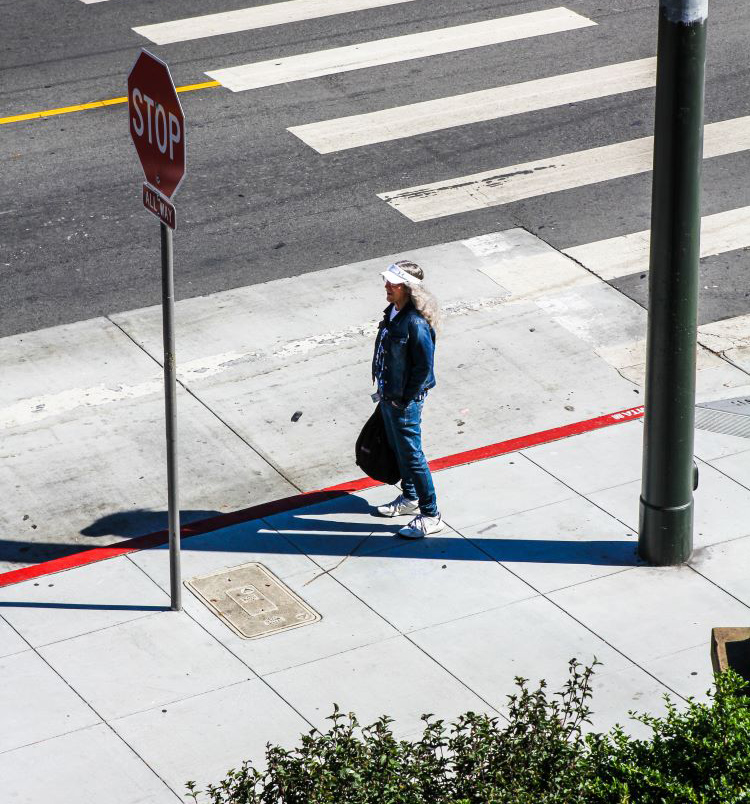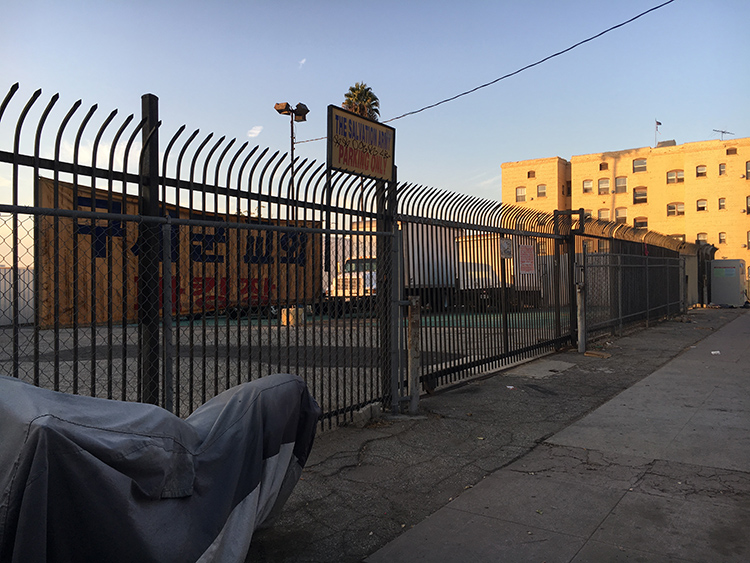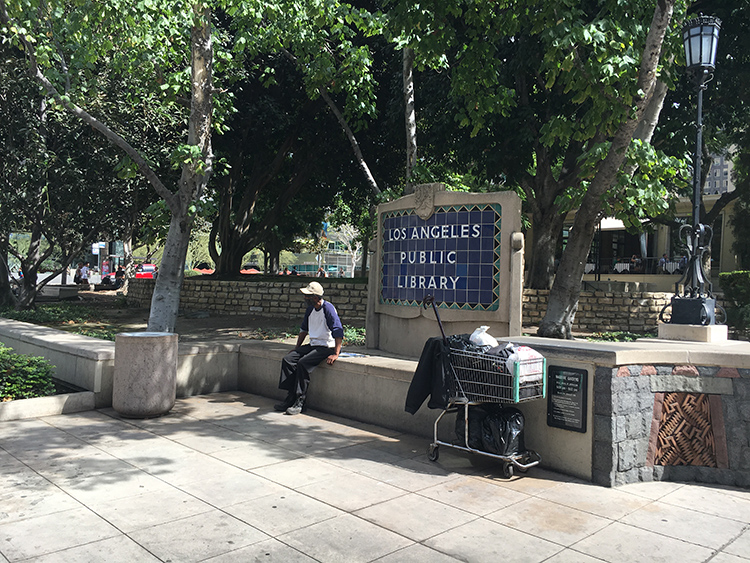When Trees are Absent
Muriel Fernandez Replogle | December 2, 2019

I remember a hot afternoon as a child, holding onto my mother’s hand while we waited for the bus. She was seven months pregnant with my younger brother, and we stood under the heat of the sun. The posted bus schedule had not been updated, so the listed time was incorrect. And we waited. The sun was making me uncomfortable, and I felt the sweat covering my forehead and body. I can only imagine how my mother felt at the time. We were recent immigrants to the United States, and the thought of having a tree to provide shade while waiting for public transit was not something we ever considered a luxury.
According to United Nations data, 55 percent of the world’s population lives in urban areas. The urban heat island effect, air pollution and other environmental stressors expose billions of people to a myriad health risks, many of which contribute to premature death. The impact is heightened with increased use of residential water and energy consumption to cool homes, which in turn contribute to creating more smog within their own city.
Numerous studies demonstrate that socioeconomic factors such as income, language barriers, education level, and rates of home ownership are variables that correlate to the amount of vegetation cover, indicating that there is an inequality on how environmental amenities, such as trees and the shade they produce, are distributed throughout cities. What are the implications for residents in vulnerable communities where trees are absent, such as young expectant mothers? And what are some ways that we can mitigate the loss of tree canopy?
Trees Provide Ecosystem Services
Experts often describe vegetation in urban areas as performing an ecosystem service — the benefit people receive from natural elements or ecosystems. It is important to note that not all vegetation provides the same levels of ecosystem services. Trees are particularly important. They not only provide shade during hot afternoons, but also reduce the overall temperature. Their canopy is effective in reducing many environmental stressors, including air pollution. The extent and placement of tree canopy is key in aiding cooling and lowering ambient air temperature.
The services provided by trees are clear. But what do we call it when there aren’t any trees? I call it an ecosystem disservice. The absence of shade affects everyone waiting for a bus on a hot afternoon, but the impact on pregnant women can be profound.
Tree Cover is on the Decline
According to a recent study, tree cover in U.S. cities is declining through the loss of approximately 36 million trees per year. The result is higher ambient air temperatures in our cities. But the negative effects extend further to include increased energy consumption, an increase in pollution exposure, greater discomfort, and threats to health and well-being, particularly among those of us who are most vulnerable.

The loss of tree cover is particularly disturbing when considering the overwhelming evidence of their benefits. Aside from improving health and well-being, trees also mitigate rainfall runoff and flooding, improve air and water quality, and support local biodiversity. The benefits are also financial: valued to provide an estimated $18.3 billion annual benefits.
Impacts on Vulnerable Communities
If trees are on the decline, who feels their absence the most? When I ask this question, this is when I remember my expectant mother waiting for the bus.
Researchers have demonstrated that when exposed to consistent high ambient temperature of 85 degrees F, a woman living in a vulnerable community suffers a greater risk of preterm birth. Additional studies show adverse effects on the baby when pregnant women are exposed to prolonged heat: fetal growth is restricted; respiratory complications; motor and neuro-behavioral development is impaired; and there is increased risk of low birth weight, potential loss of pregnancy and/or still birth.
It is sobering to know the risks to an unborn child and the woman who carries her is greater in vulnerable communities with less tree canopy. And the common remedy of using air-conditioning is not an option for many residents in lower-income communities – let alone a woman waiting for a bus.
What if avoiding exposure to high temperatures was a fundamental prenatal care strategy for women, in the same way they are advised to avoid cigarette smoke? We’ve changed law to protect the health of pregnant women and all of us from cigarette smoke. The same can’t be said for high ambient heat in our urban environment, or the provision of trees that mitigate these temperatures.

Restoring Ecosystem Services
The task then becomes how to mitigate tree canopy loss and aid vulnerable and all communities. A central solution is broader education and awareness regarding planting and protecting trees and an appreciation of their health benefits. And how and where to plant trees, that can and will provide a larger benefit.
The key to moving cities towards reducing health risks and increasing equity across their communities, would be in “selling” elected officials and city managers on the disservice of the lack of tree canopy, the reduced costs in emergency service calls, and the increases in monetary benefits to the city if more trees were planted and protected. This includes informing local governments about how to best protect their residents from the high ambient air temperatures and pollution now and in the coming future.
Stories from the community, and “real-life” examples of families daily travels, obstacles they encounter, and heat they endure, can be compelling in advancing policy. Advocates should use these tactics to share how strategically placing more trees in key locations like bus stops and in front of schools can help alleviate daily burdens.

Acknowledging and utilizing the ecosystem services provided by trees can help bridge inequality seen in vulnerable communities and help women like my mother live to see their children grow up and have their own children be healthy. The odds are far worse when trees are absent.

Muriel Fernandez Replogle is a graduate student in the Master of Landscape Architecture program at California State Polytechnic University, Pomona. Her work focuses on the environmental design with biological and cultural ecology. She hopes to meet the urgent social and environmental demands with a degree of interdisciplinary cooperation towards sustainability.